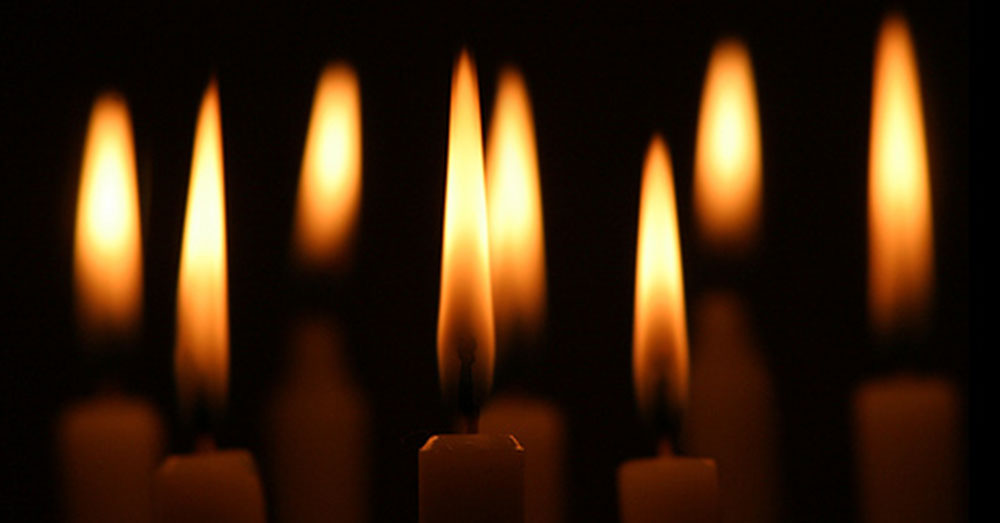04. Music List 08/04/20

Wednesday 8th April 2020
Thomas Tallis – The Lamentations of Jeremiah
We begin our musical Holy Week with the service of Tenebrae (darkness). It is the most austere of the services of Holy Week, made up of Psalms, readings, and responsories. The readings are based around the liturgy of one of Maundy Thursday, Good Friday, or Holy Saturday, with the service held the day before. For today’s Music List we will use the
Maundy Thursday liturgy: this is the most commonplace of the Tenebrae services, due to it avoiding clashes with services already occurring on those days.
The readings for the service are from the book of Lamentations (Lamentations 1: 1-5; 6-9; 10-14), from the book of Corinthians (1 Corinthians 11: 17-22; 23-26; 27-34), and three readings from Saint Augustine’s Commentaries on the Psalms. During the course of the 15th century, in continental Europe, the practice of setting the readings from Lamentations to music had flourished. Hundreds of composers wrote settings, many of which have sadly been lost. Most of the settings follow the same structure: they begin with the text “Here begins the Lamentation of Jeremiah the Prophet“; they set the Hebrew letters that headed each verse in the Vulgate (the 4th-century bible which the Catholics adopted as their preferred version – the letters in the first reading are ALEPH, BETH, GIMEL, DALETH and HE); they end with the refrain “Jerusalem, Jerusalem, return unto the Lord thy God“.
Thomas Tallis‘s setting of the Lamentations is one of the more expressive settings of the text. He writes it in a fully polyphonic and imitative style, characterising the Hebrew words with wonderful long melismatic writing (many notes to one syllable), and the narrative with more focus on clarity and a more homophonic style (homophonic – all voices moving together; polyphonic – all voices moving independently). The music is full of Tallis’s compositional hallmarks: dance-like rhythms, drawn out cadences, one voice taking the lead and singing a phrase a beat or two before the others. His dance rhythms are fascinating, and you often have to look quite hard to find them. Without marking any time change he switches individual parts between singing in 2 and in 3. In the first phrase of narrative (“Quomodo sedet sola civitas plena populo: facta est quasi vidua domina gentium“), he changes the top part into 3 for two bars just before “plena“, “facta“, and “Domina“. Listen out for them!
The final section, “Jerusalem, Jerusalem, convertere ad Dominum Deum tuum“, is one of the most poignant moments I have ever encountered. Here is a recording of part 1, performed by a group I have sung this piece with many times, Tenebrae: Click here.
Text and translation:
Incipit lamentatio Jeremiae prophetae: ALEPH. Quomodo sedet sola civitas plena populo: facta est quasi vidua domina gentium, princeps provinciarum facta est sub tributo.
BETH. Plorans ploravit in nocte, et lacrimae eius in maxillis eius: non est qui consoletur eam ex omnibus caris eius: omnes amici eius spreverunt eam, et facti sunt ei inimici.
Jerusalem, Jerusalem, convertere ad Dominum Deum tuum.
Here begins the Lamentation of Jeremiah the Prophet: ALEPH. How doth the city sit solitary, that was full of people! How is she become as a widow! She that was great among the nations, and princess among the provinces, how is she become tributary! BETH. She weepeth sore in the night, and her tears are on her cheeks: among all her lovers she hath none to comfort her: all her friends have dealt treacherously with her, they are become her enemies.
Jerusalem, Jerusalem, return unto the Lord thy God.
